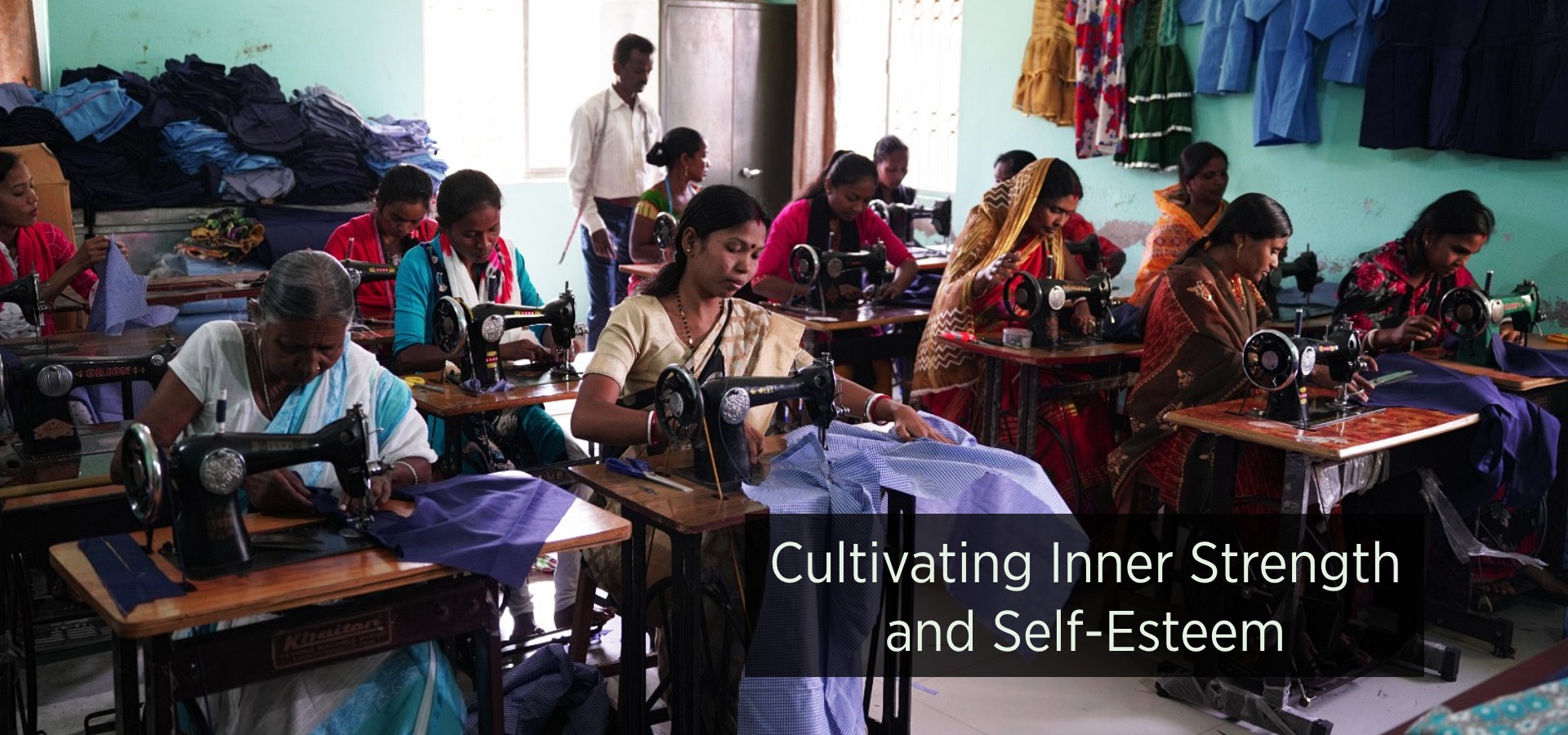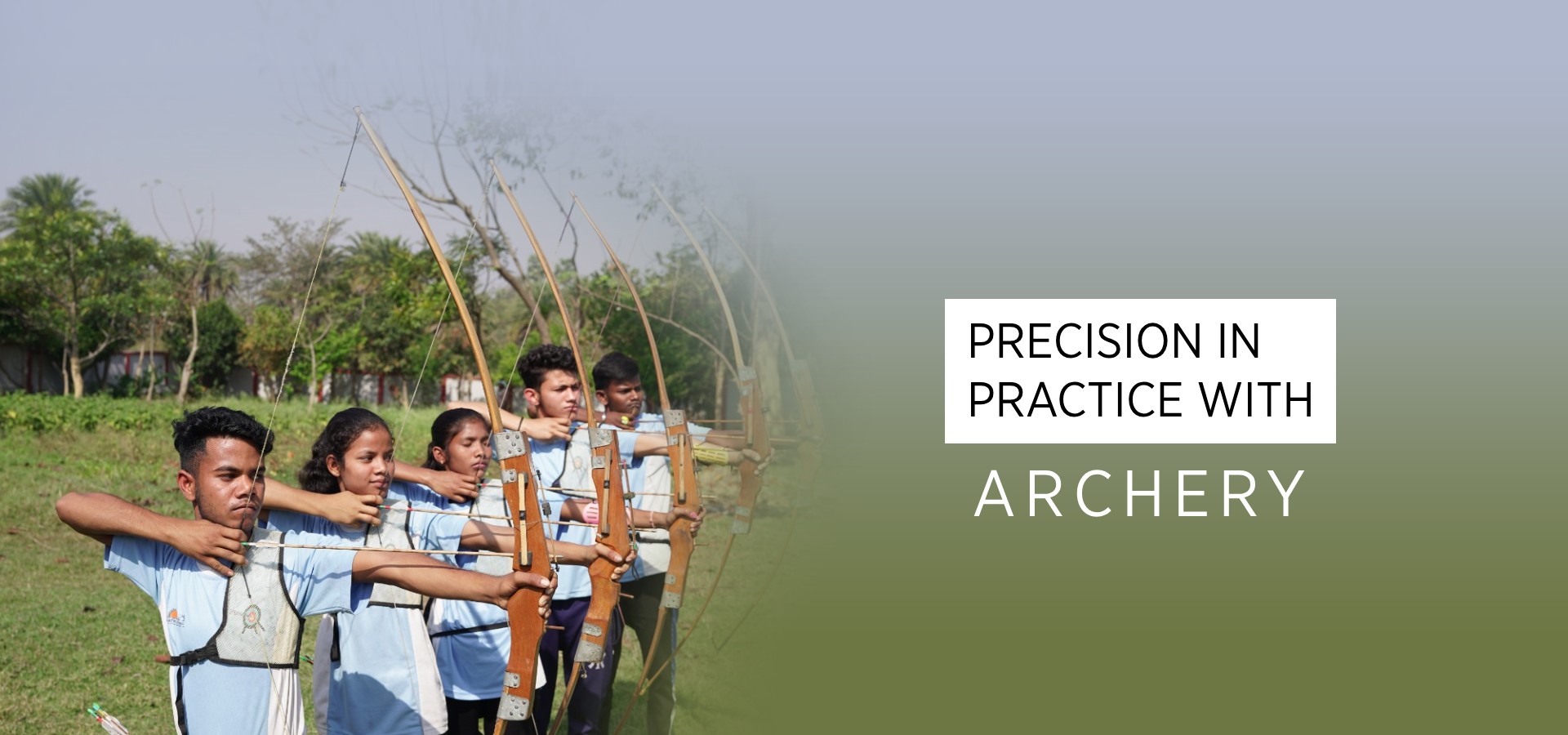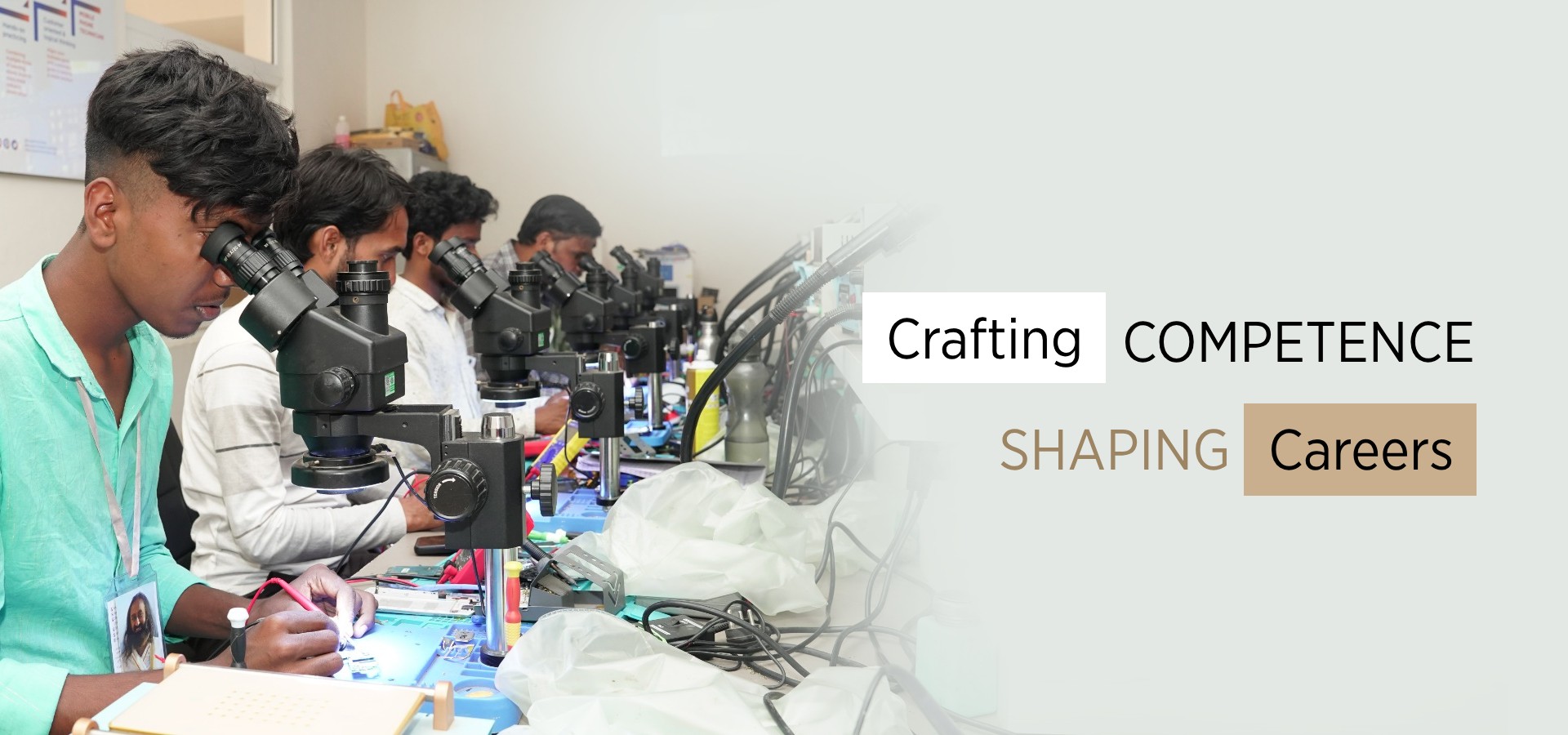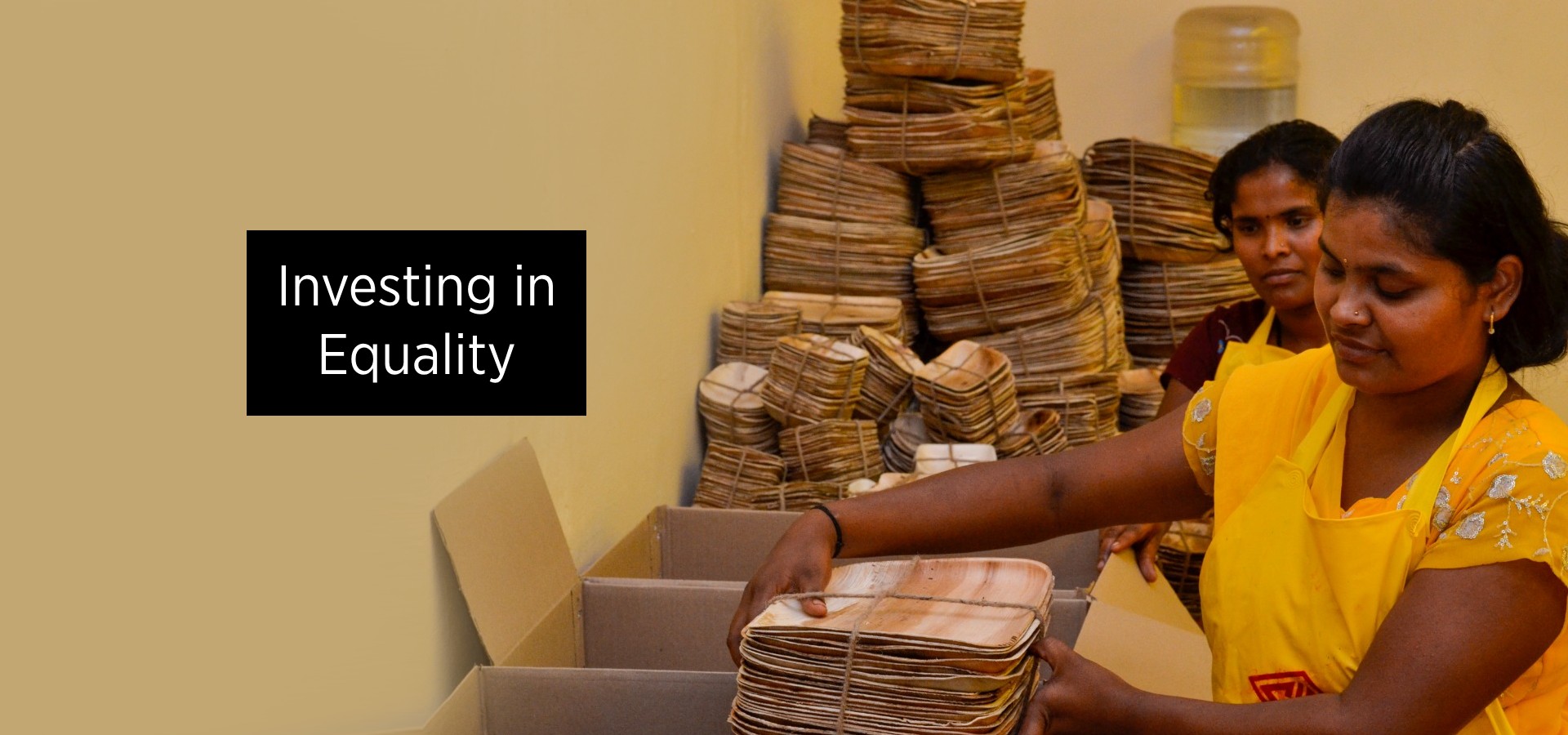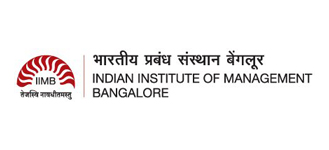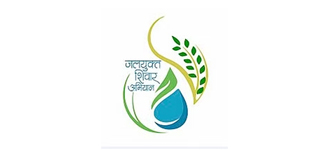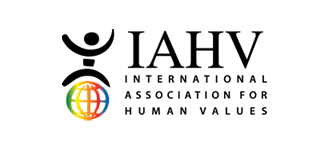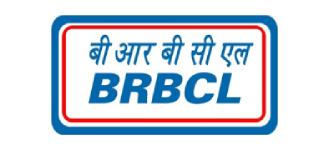A Spotlight on
The Art of Living's
Initiatives
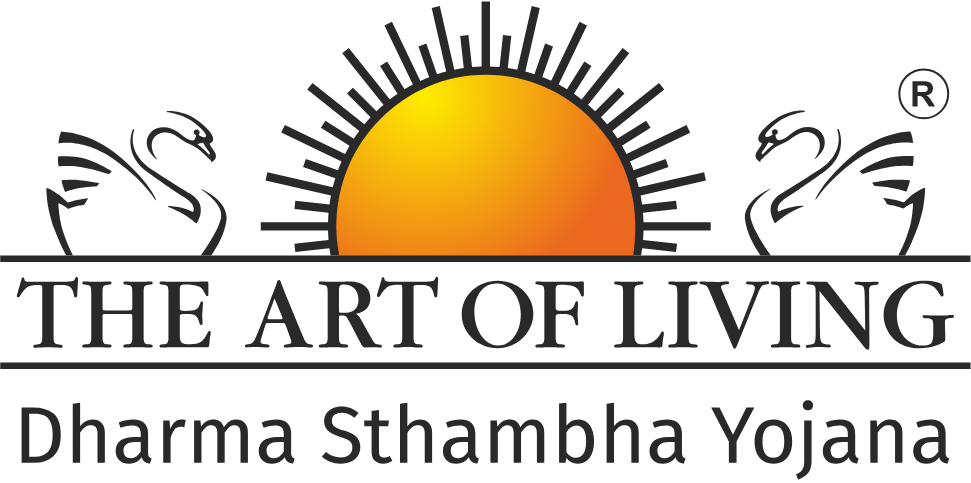
Making an Impact
 Our first and foremost commitment is to do seva (service) in the world.
Our first and foremost commitment is to do seva (service) in the world.
When you make service your sole purpose in life;
it eliminates fear, brings focus in our mind, purposefulness
in action and long term joy.

- Gurudev Sri Sri Ravi Shankar
 Our first and foremost commitment is to do seva (service) in the world.
Our first and foremost commitment is to do seva (service) in the world.
When you make service your sole purpose in life;
it eliminates fear, brings focus in our mind, purposefulness
in action and long term joy.

- Gurudev Sri Sri Ravi Shankar
Our Commitments
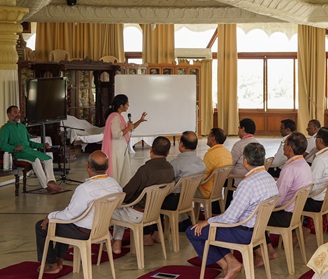
Government Programs
The Government Projects Department serves a diverse range of professionals in Central and State Governments, Public Sectors, Armed and Police Forces, and Training Institutes. Our programs are tailored to address the specific daily obstacles and challenges faced by these professionals.
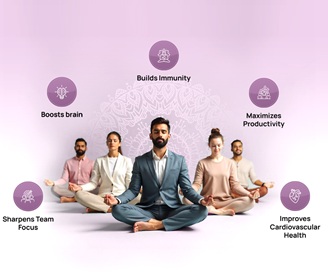
Corporate Programmes
Our detail oriented programmes cater to employees across a broad spectrum of enterprises, spanning from agile startups to mid-sized firms and large corporations. These dynamic workshops cover a diverse array of subjects, including leadership, team dynamics, and effective change management.

Gnana Kshetras
(Temples of Knowledge)
Spread strategically across the whole of India, Gnana Kshetras seek to acquaint people with spiritual wisdom, instil ethical values, promote self-control, and cultivate well-rounded, healthy individuals. These facilities provide a space for worship, meditation, educational events, and community gatherings.
About VVKI
Vyakti Vikas Kendra India (VVKI) is the registered public charitable trust under the aegis of The Art of Living, constituted to promote spiritual, educational, cultural, and social development projects for the benefit of the public. Projects encompass a wide spectrum - enriching minds, nurturing the spirit, and fostering a vibrant social tapestry for the greater good.
We are structured into distinct departments, each focused on specific areas of transformation. Read More>>>
About DSY
Dharma Sthambha Yojana (DSY) connects a variety of social service projects with socially aware individuals who wish to contribute to the betterment of society. DSY effectively channels monetary contributions towards initiatives like Water Conservation, River Rejuvenation, Natural Farming Training, Education, Women Empowerment, Skill Training, Waste Management, Rural Development, and others. These initiatives go a long way in empowering our people and country in a sustainable manner. Read More>>>
 Our Vision & Mission
Our Vision & Mission
Our Vision
VVKI's vision is to spark profound social change across India through Art of Living programmes and a wide array of service projects. We support people in urban and rural areas alike, helping them embrace their fullest potential. Our ultimate goal is to cultivate a stress-free nation, where individuals become agents of transformation, eradicating poverty, alleviating suffering, and conquering disease, even at the smallest village level.
Our Mission
– To help individuals find inner peace through impactful Art of Living Programmes that transcend boundaries.
– To inspire these individuals to become agents of positive change within society by fostering a spirit of service.
– To establish a comprehensive framework for nationwide development efforts, encompassing a wide spectrum of service activities.
– To enable individuals to catalyse transformation on a larger scale, making a lasting impact on communities and beyond.
Testimonials
When I came to know about the benefits of JalTara, I decided to implement it on my farm. It has prevented waterlogging and preserved groundwater for a longer time.

Krishna Takle
Farmer, Pokhari Village, Jalna District
Under JalTara Yojana, recharge structures were constructed on my farm. Usually, during the summer season, we experience drought problems, but this time there is enough water available for farming all year long.

Digambar Baburao Takle
Farmer, Manta Taluka, Jalna District
After the implementation of the JalTara Project, the water level in my area has increased.

Gyaneshwari Kakde
Farmer, Manta Taluka, Jalna District
Before JalTara Yojana no effort was made to conserve water. After the implementation of JalTara Yojna, we have plenty of water in our hand pumps.

Suman Bai
Farmer, Murumkheda Village
Our village, Shivangiri, benefited from the JalTara Project. This strategy has raised groundwater levels and doubled our income. Today, farmers are happy.

Madan Pandrinath Jadhav
Farmer, Jalna District
I had 6 acres of land, of which one acre produced crops. Previously, there was mud after rains. After the construction of JalTara recharge structures, the water level in my well has risen. I can grow more crops now.

Appasaheb Bahekar
Farmer, Jalna District
Due to JalTara recharge structures, water levels in the well of my village have increased. I recommend that all the farmers in other villages should implement the JalTara technique on their farms.

Baburao Jaivanto Kakde
Farmer, Jaipur Village (MH)
Earlier, there was too much mud on the farm. Excess water was soaked after constructing JalTara recharge structures. Water levels in my wells have increased. Soybean & chana crops production optimized.

Sulabai Chavhal
Farmer, Murumkheda Village (MH)
Previously, 90% of the houses in this area were made of mud. Currently, 60 to 70 % of houses are built of concrete, and the remaining ones will be finished within a year. When I finish building my house, I'll give it the name 'JalTara'

Nivritti Kisarao Palve
Farmer, Palashkheda Village, Jalna


